earth retention
Design / Build
Terra Engineering & Construction provides qualified experts for planning, design and construction of earth retention and deep foundation systems. We provide critical interaction between the project designers, architects, structural engineers and geotechnical engineers.
Terra has designed and installed some of the largest earth retention systems in the Midwest. We can work with your existing set of plans or design and stamp a retention system to your specs. Our professional engineers bring decades of experience to this specialized discipline.
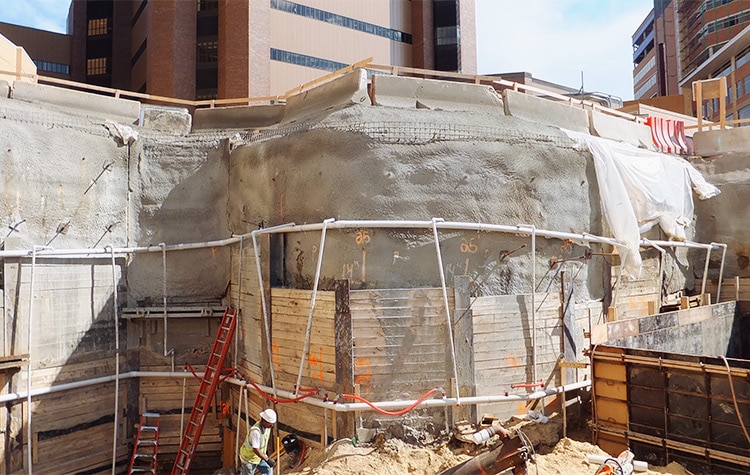
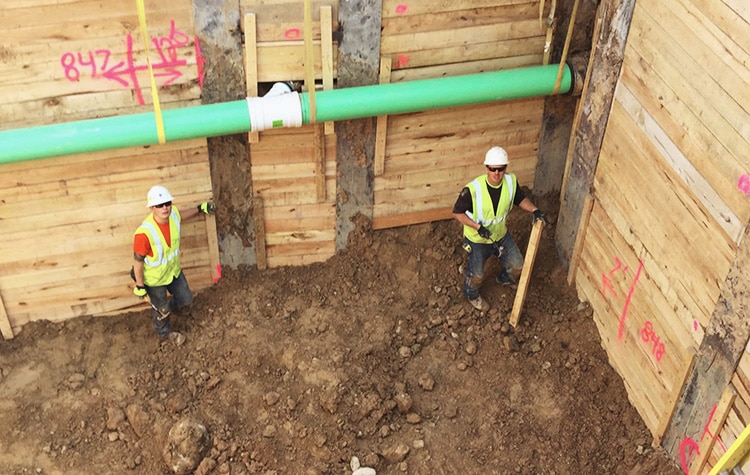
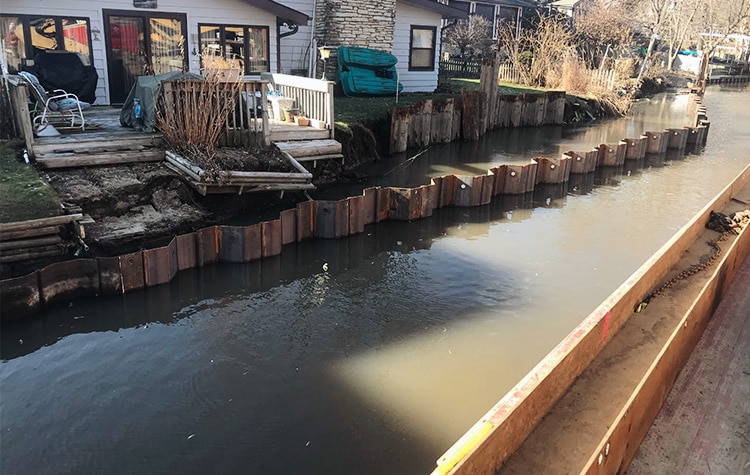
Soil Nails
Terra uses soil nailing earth retention systems to reinforce and strengthen existing ground. Soil nailing consists of installing closely spaced bars into a slope or excavation as constructions proceeds from top down. It is an effective and economical method of constructing retaining walls for excavation support, hill cuts, bridge abutments, building and highway construction.
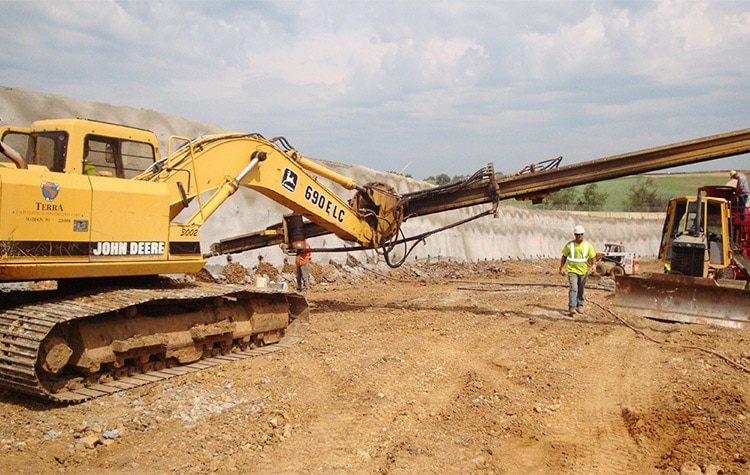
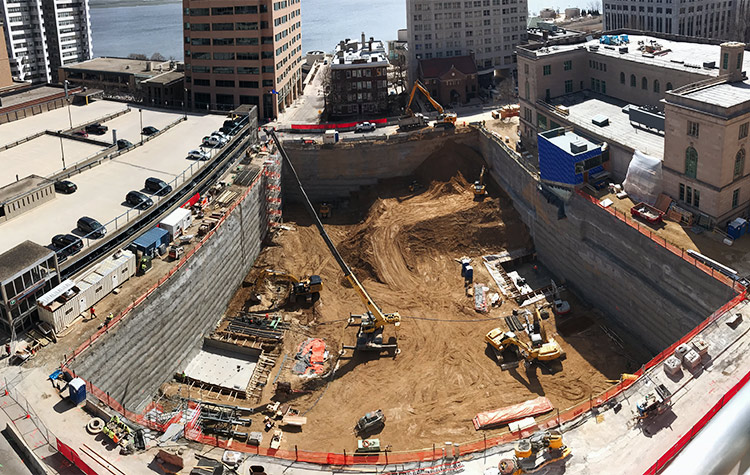
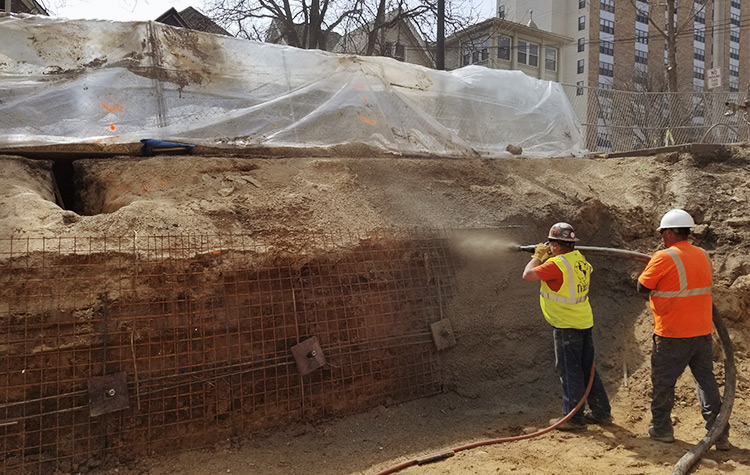
Tiebacks
A tieback is a structural element installed in soil or rock to transfer applied tensile load into the ground. Typically in the form of a horizontal wire or rod, or a helical anchor, tiebacks are commonly used along with other retaining systems (e.g. soldier piles, sheet piles, secant and tangent walls) to provide additional stability to cantilevered retaining walls.
Grouted tiebacks can be constructed as steel rods drilled through a concrete wall out into the soil or bedrock on the other side. Grout is then pumped under pressure into the tieback anchor holes to increase soil resistance and thereby prevent tiebacks from pulling out, reducing the risk for wall destabilization.
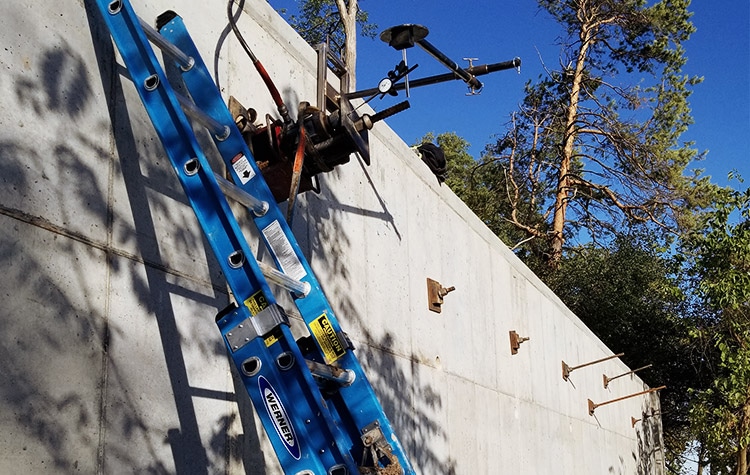
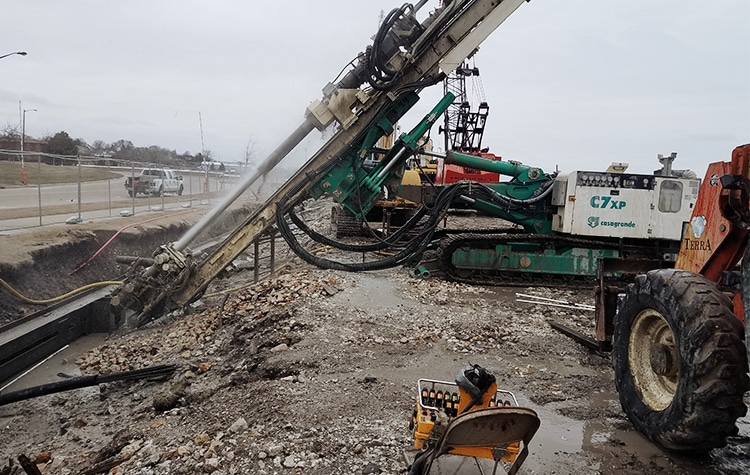
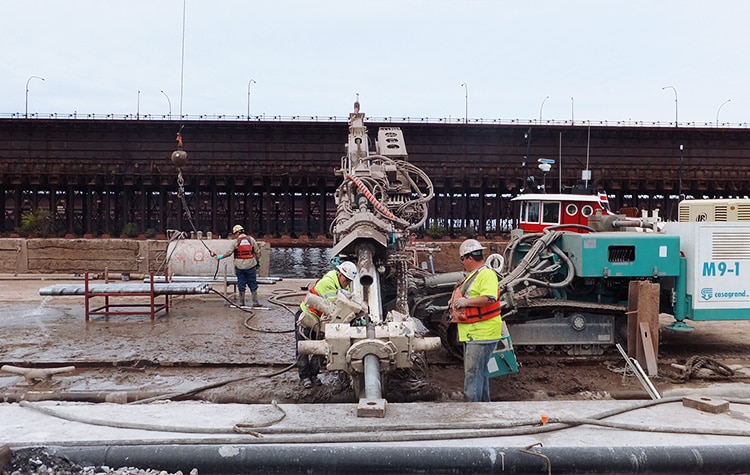
H-Pile & Lagging
H-pile and lagging walls, commonly known as soldier piles, are some of the oldest forms of retaining wall systems used in deep excavations. Soldier pile walls employ steel piles and timber lagging to resist earth pressure. Timber lagging is typically used between the piles to retain soil behind the wall. In the foundation building process, it is common to use soldier pile and lagging walls. Soldier Piles have a proven track record as one of the original types of earth retention systems for deep excavations. Soldier Piles are used in a variety of conditions including slope stabilization, earth retention, and remediation.
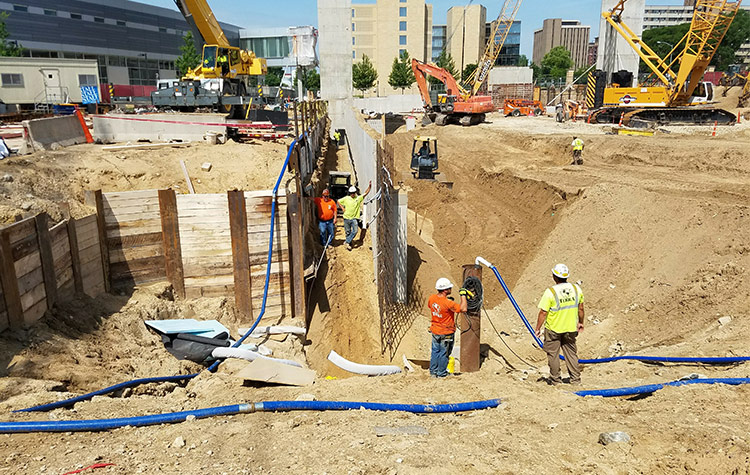
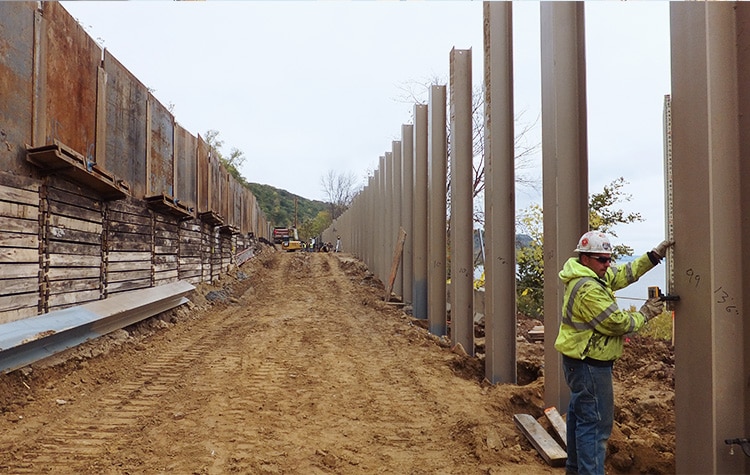
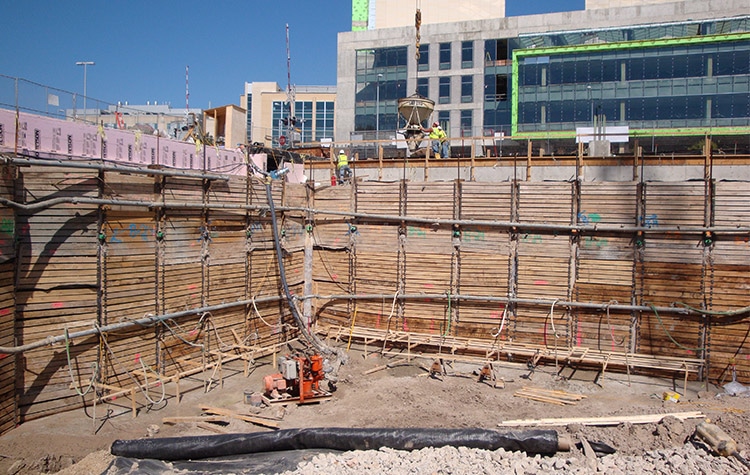
Sheet Piles
Sheet pile walls are constructed by driving or vibrating prefabricated steel sections into the ground. The full sheet pile wall is formed by connecting the joints of adjacent sheet pile sections in sequential installation. Sheet pile walls provide structural resistance to soil and surcharge loads behind the wall. Steel sheet piles are most commonly used in deep excavations, waterway construction and retaining walls.
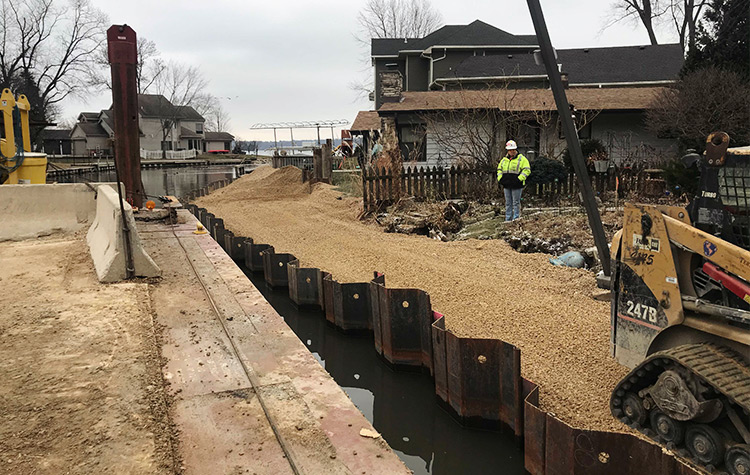
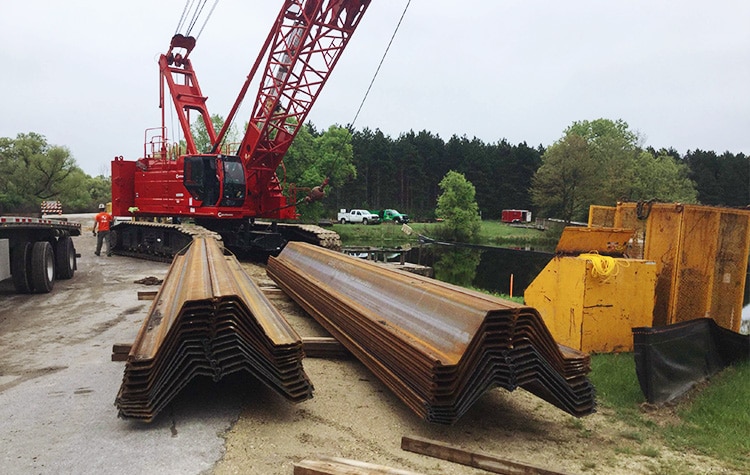
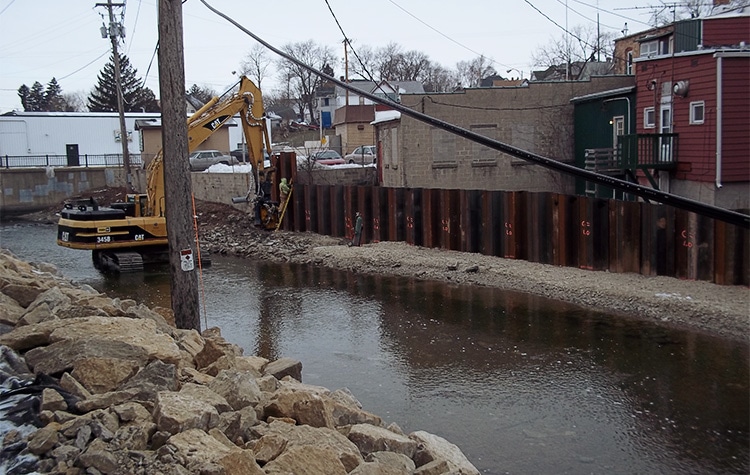
Secant & Tangent Pile Walls
Secant pile walls are formed by constructing intersecting reinforced concrete piles. The piles are reinforced with either steel rebar or with steel beams set in the drilled shafts and backfilled with concrete. Primary piles are installed first with secondary piles constructed in between primary piles once the latter gain sufficient strength. In a tangent pile wall, there is no pile overlap as the piles are constructed flush to each other.
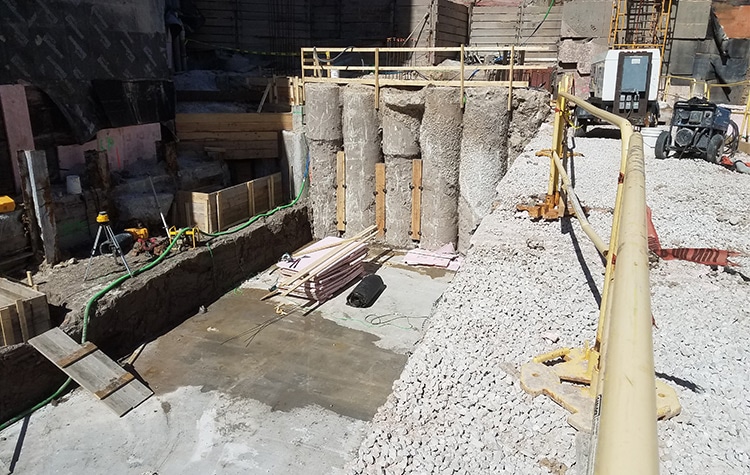
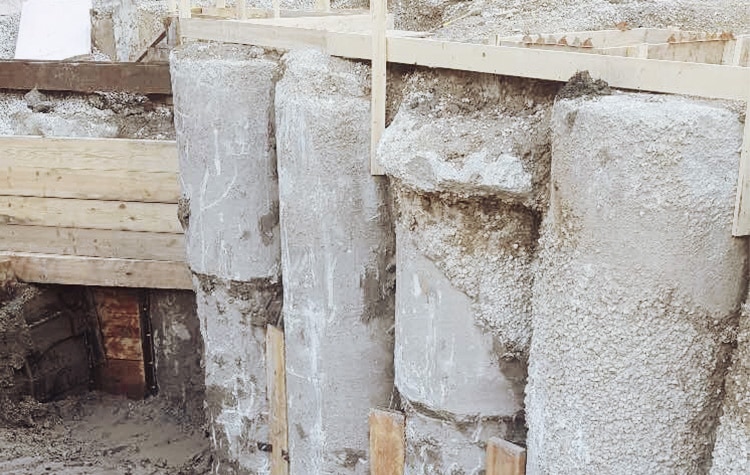
Helical Anchors
Also known as Helical Piles, a helical anchor/pile is an extendable deep foundation system with helical bearing plates welded to a central steel shaft. Load is transferred from the shaft to the soil through these bearing plates. Helical Piles are used in tension and compression applications to support or anchor a foundation system.
Dock Walls
At Terra we construct, alter and repair harbor structures where ships are loaded, unloaded, and repaired. Docks are generally surrounded by upright retaining walls.
Rock Anchors
Rock anchors are often used for excavation support, or as a part of permanent retaining walls, or to resist up-lift forces on foundations. A rock anchor generally consists of a steel tendon (bar or strands) that is grouted into a pre-drilled hole in rock or soil. After the grout cures, the tendon is pulled into tension against a plate or block and is locked in place to resist movement of a retaining structure.
contact us
"*" indicates required fields
